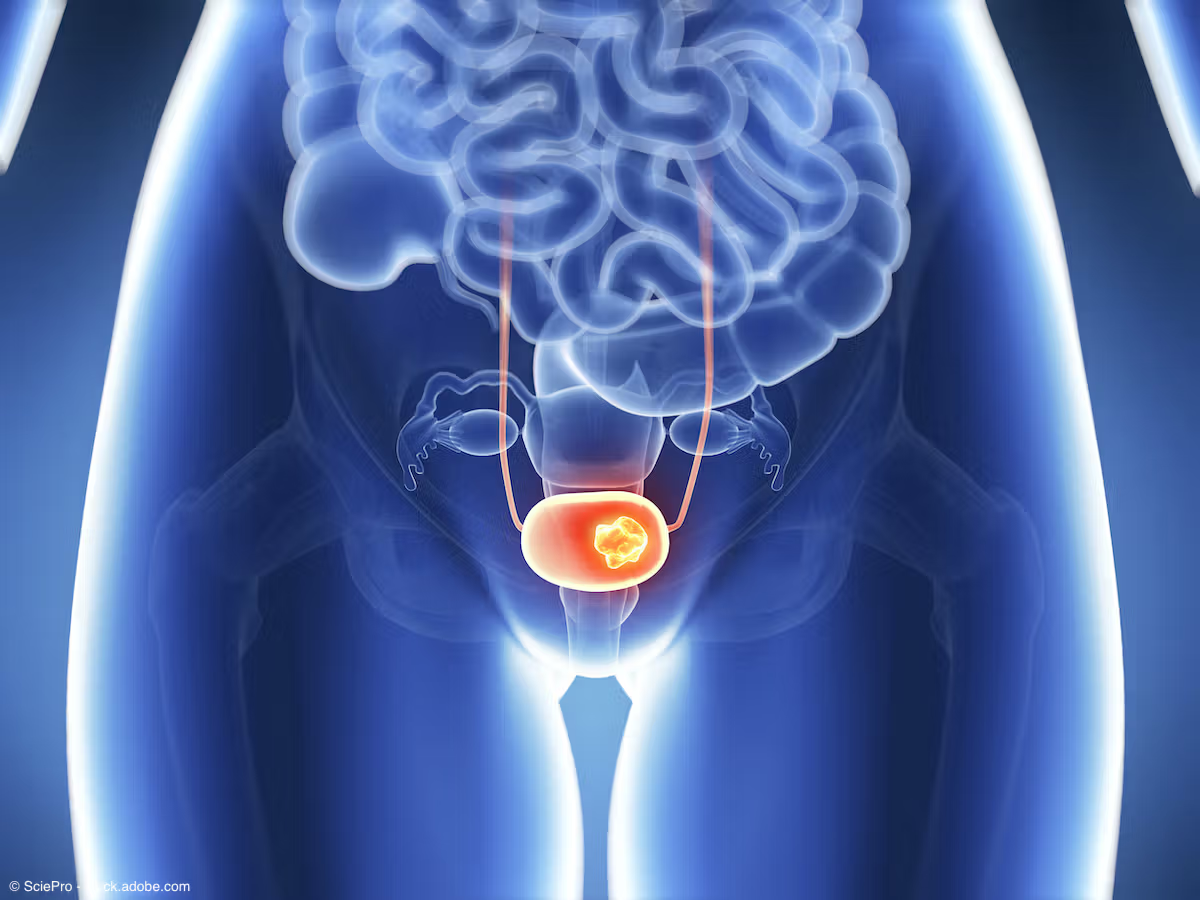Opinion
Video
What a long-term study of patients undergoing RARC reveals about upstaging
Author(s):
“High risk, non–muscle invasive bladder cancer carries a significant risk of recurrence and progression. This emphasizes the need for careful patient selection, especially when we are considering bladder-sparing approaches," says Neeraja Tillu, MD.
In a recent long-term, multicenter analysis of patients undergoing robot-assisted radical cystectomy (RARC), the 12-year overall survival for the entire cohort was 49%, whereas the cancer-specific survival was 76%.1
In an interview with Urology Times®, study author Neeraja Tillu, MD, said, “Given that many patients in this cohort have a history of long-term smoking, they frequently present with significant comorbid conditions, such as cardiovascular disease, pulmonary disorders, and other smoking-related illnesses. Consequently, the difference between overall survival and cancer-specific survival reflects a substantial impact of these non-bladder-related causes.”
Tillu, a urologic oncology fellow at Icahn School of Medicine at Mount Sinai in New York, New York, outlined the surveillance protocol recommended for patients defined as upstage: “regular…lab tests, urine cytology, and we do imaging every year to detect any distant or local recurrences at an early stage.
“For the non-upstage group, although oncological follow-up remains important, there is an emphasis placed on comprehensive health monitoring to address and manage non-cancer-related comorbidities proactively,” Tillu added.
Tillu and her coauthors also found that a body mass index of at least 28 kg/m² reduced upstaging. When asked about this finding, Tillu said, “Our finding that higher BMI…is associated with reduced upstaging was an unexpected result, and this could reflect better nutritional status or metabolic differences, but confounding factors like selection bias, since it's a retrospective study, comorbid conditions and differential health care access should be considered. This does not directly influence our clinical management, although it does highlight the importance of comprehensive patient health optimization.”
Tillu said the take-home message of the study is, “High risk, non–muscle invasive bladder cancer carries a significant risk of recurrence and progression. This emphasizes the need for careful patient selection, especially when we are considering bladder-sparing approaches. Our study also revealed a notable incidence of pathological upstanding. Almost a third of our patients were upstaged, which highlights the limitations of current imaging modalities, and underscores the urgency for improved diagnostic techniques such as MRI with the PI-RADS system to accurately identify muscle-invasive disease at diagnosis. Practicing urologists should proactively discuss the option of upfront radical cystectomy in patients who exhibit high-risk features rather than relying solely on intravesical therapies to optimize oncological outcome.”
REFERENCE
1. Tillu N, Ben-David R, Skokic V, et al. Long-term multicentre analysis of robot-assisted radical cystectomy for non-muscle-invasive bladder cancer. BJU Int. 2025 Feb 20. doi:10.1111/bju.16686

















